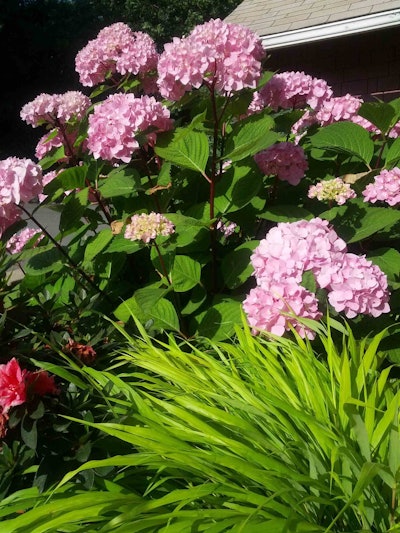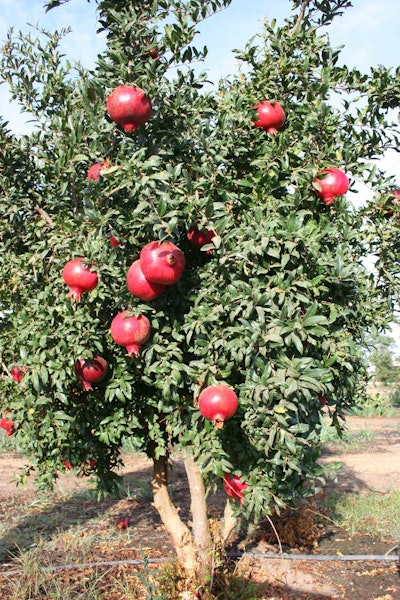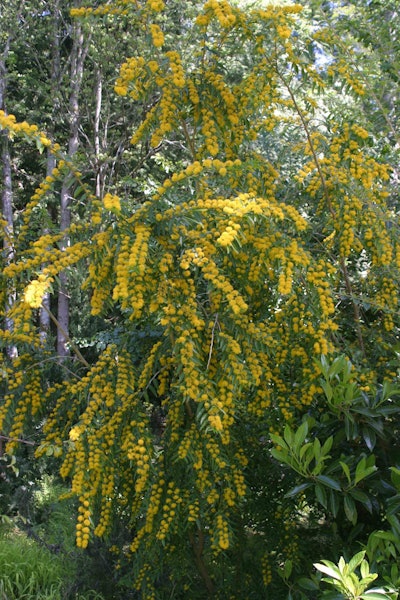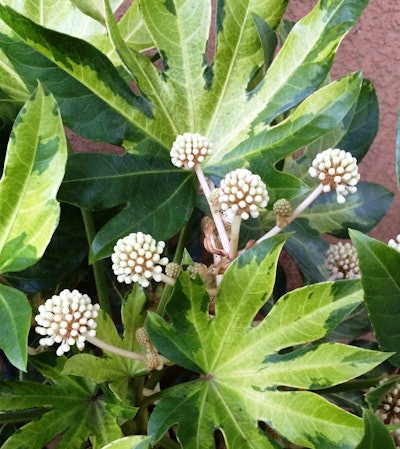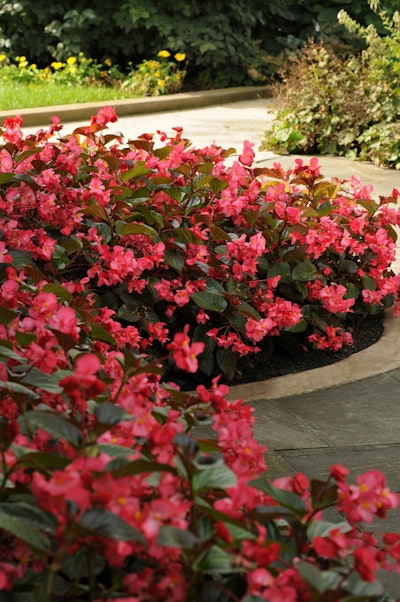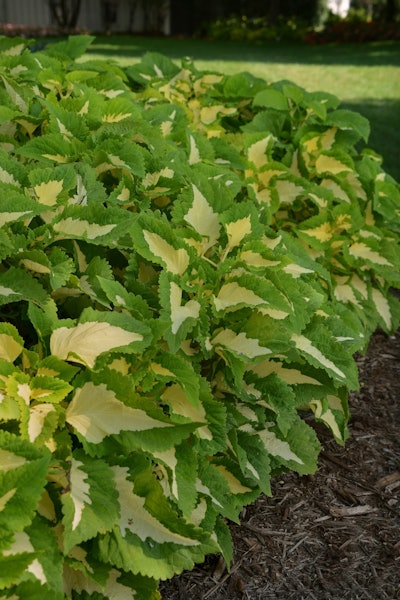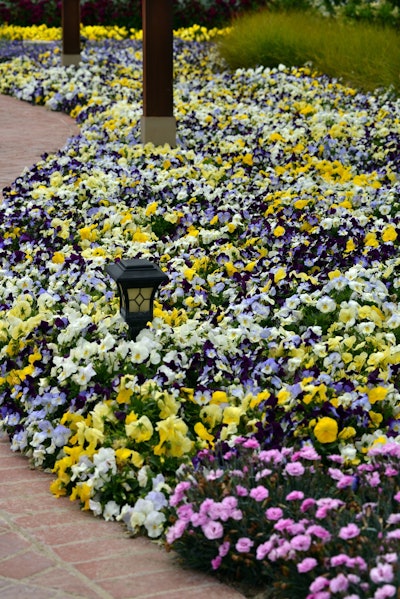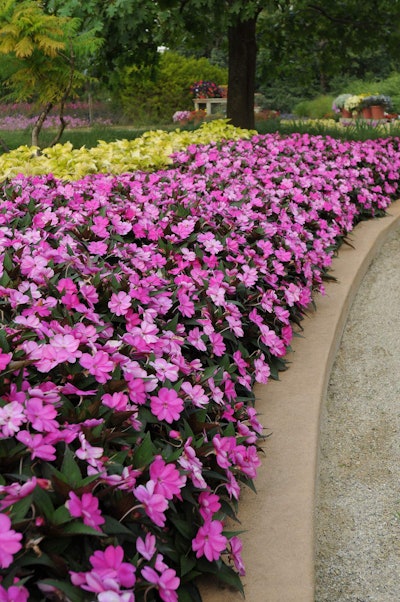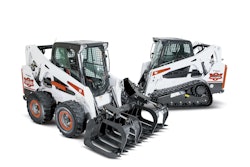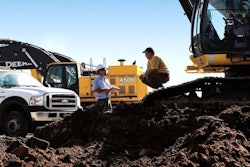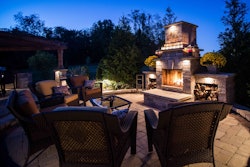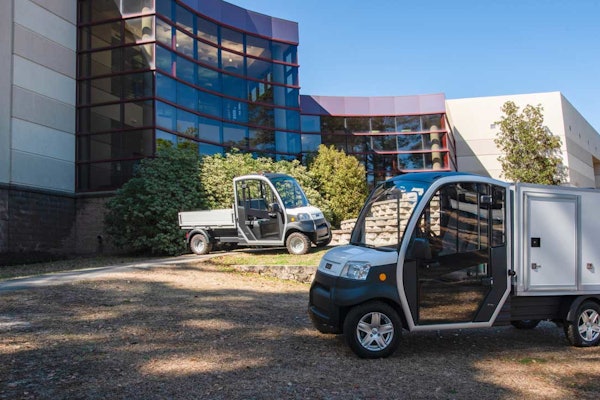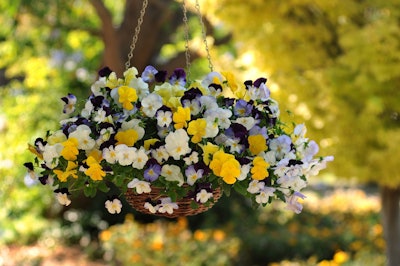 Cool Wave Pansy,
Cool Wave Pansy, Photo: Ball Horticultural Company
Spring fever is in the air, and landscapers are starting to get the itch.
With snow melting and green grass appearing, it’s hard to resist the urge to plant, plant, plant.
However, landscapers need to follow a few basic steps before jumping into the flowerbeds headfirst.
In fact, spring preparation should have started for most landscapers back in December and January by looking at their budgets and talking to growers.
Planning ahead
Although snow still sits on the ground and a job has to be done, landscapers need to start thinking about the next few months.
 Angel Red Pomegranate
Angel Red Pomegranate Photo: Monrovia
Landscapers need to address budgets and determine if there is an adequate budget for plants after a snow-heavy winter.
“If they structure it with their planting portion as part of the normal maintenance, then they probably will suffer,” saysJeff Gibson, landscape business manager, Ball Horticultural Company. “If it’s budgeted as a separate expense, they probably won’t be affected much.”
After a budget is decided, landscapers need to preorder and talk to growers and manufactures immediately.
“Landscape professionals need to start talking to their clients about turf replacement programs,” says Kathy Rudnyk, specialty accounts manager and landscape lead, Monrovia. “This is a money issue, and you need to start now to plan your business ahead or you may end up with table scraps.”
For Rudnyk, planning ahead could be the difference between creating an award-winning landscape or projecting a design into a whole new realm.
“What landscapers need to be doing now is preorder with their growers for annuals,” Gibson says. “Anybody that is doing color work in the country, ideally, is at minimum talking to their growers and giving an idea of what they want for the spring. Ideally, they have done that and done visits with their growers.”
Before the economy took a hit and the recession affected most sectors of business in the country, growers used to have something called “speculation inventory.”
Growers used the process of speculation inventory to speculate or anticipate what their customers might need and over grow quantity to meet those needs. But that, according to Gibson, has all but vanished since the recession.
“Landscapers absolutely need to get their head out of snow work and talk to their growers about their plants for the summer,” Gibson says. “Growers simply do not have speculation inventory like they did in the past.”
Ramp up technology
When it comes to technology, there are a variety of resources landscapers can choose from to help through the planting season.
One piece of technology landscapers should think about purchasing is design software with plant databases.
“The software stays up to date and may not include all of the plants necessarily, so you might have to do some extra homework,” Rudnyk says.
As landscapers segue into the summer season, they need to be planning for the year ahead and not what happened last summer, according to Gibson.
By using weather apps from the National Weather Service or Weather 360, landscapers should have a better idea of what to expect come summer.
“All of them report to predict the weather, which is impossible but there are certain trends, which would be indicative of what they can expect,” Gibson says.
Beyond weather apps and software designed for the planting season, landscapers can be doing a lot to prepare ahead of time for the months ahead.
Rudnyk says now is also the time for landscapers to start with the marketing campaign, which should start with having an up-to-date and thorough website.
“Start good marketing now, and use your websites,” Rudnyk says. “We’re always trying to add to our search database, and we have many different landscape functions so you can search for plants that grow 12 inches or under or erosion control.”
One element that can make a website stand out above the rest is adding brand names.
“We all shop for our favorite brand,” Rudnyk says. “In the landscape world, we’re very gun-shy about that. It can be a serious moneymaker, and it can increase your revenues if there is a brand that has a higher profitability.”
Words of caution
As the weather starts to warm and landscapers are itching to get back out in the field, taking a step back and using a little patience could benefit a landscaper’s business in the end.
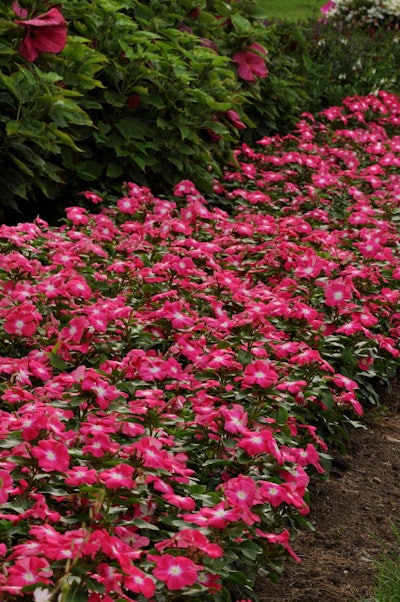 Vinca Titan
Vinca Titan Photo: Ball Horticultural Company
Springtime preparation and maintenance becomes a balancing act, according to Gibson, and landscapers have to be careful not to do too much too fast.
“Virtually, all of the landscaper’s clients want their color to go in the first week of May, and the ground temps in the first week of May are still 55 degrees,” Gibson says. “A good thing to think about is most of your annuals are tropical or semi-tropical plants. They’re taking these plants that have come out of a greenhouse and sticking them in 65-degree soil because their clients want the color.
“Sometimes they get sick and don’t look good until the third week of May or the first week of June. Just be patient, or you could have waited a little longer and installed a little bit larger plants.”
Another word of caution is knowing the soil on the jobsite, as well as understanding the water situation.
For Gibson, it’s all about the right plant in the right place.
“[Landscapers] are always knocking each other out bidding on jobs, but they are only as good as the soil that the last contractor who had the job left behind,” Gibson says. “They get the bid because they were the low guy and they think the annual colors program will work. But, they do nothing in the way of soil prep and still looks the same as the guy as the day before.”
Many times, the issue is having too much water on the site rather than the issue of under watering.
By poking a hole in the bed about a foot down, landscapers should fill up the hole with water to see how quickly it drains.
“If it sits and sits for several minutes, you can guess you have a problem,” Gibson says. “If it goes away, then you have well-drained soil. Taking the pH of the soil would be advisable if you are new on the jobsite.”
When the economy is tight and clients need to cut back on landscaping, Gibson says the first thing to typically go is the early spring-term plantings.
“My advice to combat that is rather than lose that spring term all together, an alternate path is for landscapers to suggest to their clients spring containers,” Gibson says. “Most every commercial business or retail mall, even residential, will have space to have some decorative pots. You have fewer plants, so it’s a little less costly to clients but it accomplishes the goal of getting the landscaper on the job.”
Here are a few spring favorites to consider:
| Enchantress Hydrangea Hydrangea macrophylla ‘Monmar’ P.P.A.F.Repeat bloomingEnchantress features ruby-black stems showcasing long-lasting mophead flowers. Blooming on old and new wood, clusters are up to 9 inches across; blue in acid soils, pink in alkaline soils. Full sun or partial shade. Rounded shrub reaching 3 to 5 feet tall and wide. Hardy within U.S.D.A Hardiness Zones 5 – 9. |
|
| Angel Red Pomegranate Punica granatum ‘Smith’ P.P.#16,578 Angel RedEdibleThis Pomegranate features a heavy crop of large, red fruit that ripens in early fall. This full-sun plant has orange-red summer flowers on upright, fountain like branches, and its foliage turns bright golden yellow just in time for winter. Hardy to U.S.D.A. Hardiness Zone 7. Moderate grower at 10 feet tall and wide. Fairly, water-wise small tree. |
|
| Andean Gold Saw-toothed Azara Azara serrata Andean GoldEvergreenAn extremely fast growing evergreen tree or large shrub. Its rounded green foliage is smothered by clusters of bright golden flowers in early summer. This selection was made by plant explorer Dan Hinkley from his Chilean collections. Fast growth habit and can reach up to 15 feet tall. Requires moist, well-drained soil. Thrives in partial to full sun conditions. Appropriate in U.S.D.A. Hardiness zones 7 – 10. |
|
| Camouflage Variegated Japanese Aralia Fatsia japonica ‘Variegata’ CamouflageEvergreenA small evergreen tree or large shrub, brought to us by plant explorer Dan Hinkley. Each large evergreen leaf of this selection features melding of yellow, lime and green. In hot, inland area, best to plant in shade to filtered sun. Long panicles of white globose flower clusters open. Moderate grower; 5 feet tall and 8 feet wide. Hardy to U.S.D.A Hardiness Zones 7 – 10. |
|
| Begonia Whopper
Begonia x benariensis Hardiness degree: 50°F Spacing: 10-14 inches Garden Height: 34 inches Spread: 22 inches Exposure: Partial Sun Whopper produces extra large flowers up to 3 inches across from Spring through fall. Big, vigorous plants have excellent heat tolerance. |
|
| Coleus Kong Jr.
Solenostemon scutellariodes Hardiness degree: 40°F Spacing: 15-24 inches Garden Height: 18-24 inches Spread: 20-35 inches Exposure: Shade Kong Jr.’s heart-shaped leaves are 30-percent smaller than Kong’s. They make Kong Jr. easier to ship, with less breakage and less loss. Leaf size is well-matched across the series. Plants have a well-branched, tidy habit. |
|
| Cool Wave Pansy
Viola x wittrockiana Hardiness degree: 0°F Spacing: 12 inches Garden Height: 6-8 inches Spread: 24-30 inches Exposure: Sun Cool Wave is more vigorous than any other spreading pansy. Superior overwintering hardiness: plant in fall and it will be your first pop of color in spring. Excellent trailing habit for hanging spring baskets or containers. |
|
| SunPatiens Garden Height: 36-48 inchesSpread: 36 inchesExposure: Sun or Shade SunPatiens are new hybrids with a proven reputation for performance in commercial plantings. Strong, aggressive root system is quick to develop and take hold after planting. Continuous color under both full-sun and shade applications. |
|
